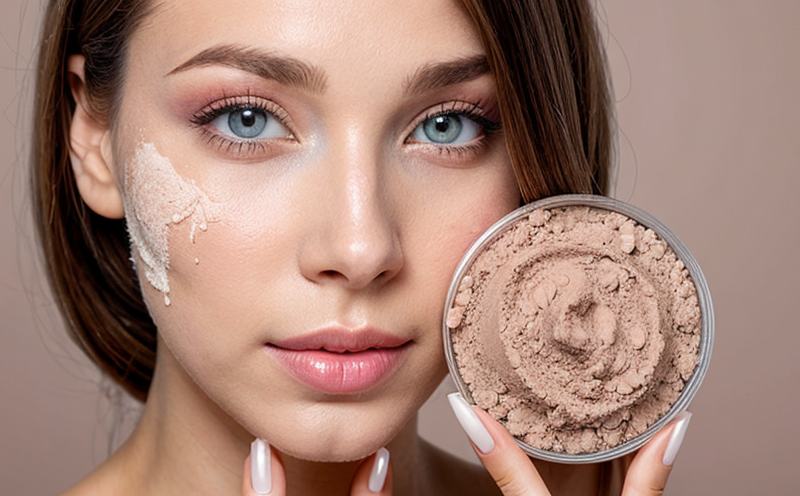Fragrance Allergen Testing in Beauty Products
The cosmetic industry is a highly regulated sector that demands rigorous testing to ensure product safety. One critical aspect of this regulation involves the identification and characterization of fragrance allergens present in beauty products. Fragrances are complex mixtures of volatile compounds, often containing hundreds of different molecules. These fragrances not only enhance the sensory appeal of cosmetics but also contribute significantly to potential allergic reactions.
According to international standards such as ISO 16420 and ASTM E2735, fragrance allergens can be divided into two main categories: primary irritants and sensitizers. Primary irritants are substances that cause irritation upon direct contact with the skin, while sensitizers have the potential to induce an allergic reaction over time. The latter poses a particular challenge in cosmetic products due to their prolonged use on sensitive areas like the face.
Compliance with regulatory requirements is paramount for brands aiming to market their products globally. For instance, the European Union's Cosmetics Regulation (EC 1272/2006) mandates that all fragrance allergens be listed in the ingredient declaration if they are present at a concentration greater than 0.01% by weight. This regulation underscores the importance of accurate and reliable testing methods to ensure compliance.
One of the most effective ways to identify potential allergens is through patch testing, which involves applying samples of the fragrance mixture on volunteers' skin over an extended period, typically 48 hours. However, this method can be time-consuming and labor-intensive. Modern analytical techniques such as liquid chromatography coupled with mass spectrometry (LC-MS/MS) offer a faster alternative by providing precise quantification and structural elucidation of individual components.
Another key aspect of fragrance allergen testing is the evaluation of contact allergens, which are substances capable of inducing an allergic response. These can be identified through various methods including in vitro assays such as the Patch Test (CITI-Test) or the Keratinozyme test. Additionally, computational approaches like Allergen Prediction Algorithms (APA) based on machine learning models provide a preliminary screening tool to prioritize which fragrances need more detailed analysis.
- Comprehensive Analysis: Utilization of advanced analytical techniques ensures the identification and quantification of all potential allergens in fragrance mixtures.
- Regulatory Compliance: Adherence to international standards guarantees that products meet legal requirements, thereby protecting consumers from adverse effects.
- Prioritization: Computational methods help focus resources on those fragrances most likely to cause sensitization, optimizing testing efficiency.
Scope and Methodology
The scope of fragrance allergen testing encompasses a wide range of cosmetic products that contain fragrances. This includes but is not limited to perfumes, colognes, deodorants, shampoos, conditioners, lotions, and body sprays. The methodology employed involves several key steps:
- Sample Collection: Fragrance components are extracted from the product using solvents such as methanol or hexane.
- Purification: Extracts undergo purification processes like distillation or solid-phase extraction to isolate individual fragrance molecules.
- Analytical Techniques: The purified samples are analyzed using high-performance liquid chromatography (HPLC), gas chromatography-mass spectrometry (GC-MS), and other relevant methods. These techniques allow for the identification of specific allergenic compounds based on their unique molecular signatures.
- Data Interpretation: Results from these analyses are compared against known allergens databases to determine which components pose a risk of sensitization.
The chosen methodologies ensure high sensitivity and specificity, allowing for the detection of even trace amounts of potential allergens. This comprehensive approach not only enhances product safety but also supports the development of hypoallergenic formulations that cater to sensitive skin types.





